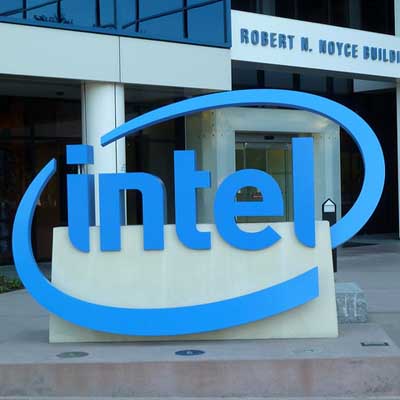Partners: Intel's Rumored Plans To Take On Nvidia, AMD With Discrete GPU Good For The Channel

Intel partners say the semiconductor giant's reported plan to build a dedicated graphics processing unit, potentially for gaming PCs, would be good news for the channel, but the company would face steep competition from graphics technology giants AMD and Nvidia.
After the Santa Clara, Calif.-based company hired AMD veteran Raja Koduri to lead Intel's new Core and Visual Computing Group last fall, the company is reportedly planning to build discrete GPUs for gaming and data center video streaming apps, according to reports earlier this month from Motley Fool commentator Ashraf Eassa, as well as from Forbes and Tweaktown.
An Intel spokeswoman told CRN the company does not comment on rumors.
[Related: 7 Recent Intel Developments Partners Should Know About]
Eassa said in an April 5 tweet that Intel was initially building its first discrete GPU, code-named Arctic Sound, for video streaming apps in the data center, but now the company is planning to also develop the GPU for gaming applications. Intel wants to "enter the market with a bang," he added.
According to Intel's careers site, the company has 100 job openings for graphics-related work.
If the reports are true, this would mark a major return to discrete GPUs — which, unlike integrated graphics processors, operate on their own slot in the motherboard — after Intel's failed efforts with the Intel i740 in the late 1990's and the aborted Larrabee project in 2013.
Kent Tibbils, vice president of marketing of ASI Corp., a Fremont, Calif.-based distributor and Intel partner, told CRN that Intel's return to discrete GPUs would be "a very good thing for the channel," adding that there could be a lot of "benefits and synergy" in having both a CPU and a GPU.
"I think Intel would find a lot of willing customers in the channel," he said.
Beyond gaming applications, Intel would benefit from marketing a new discrete GPU to heavy video- and photo-editing users who also require high-performance graphics computing," Tibbils added.
"With everything people are doing at home now with video and photos, I would say, 'hey, look at the things you can do to enhance the messaging to that market," he said.
Wallace Santos, CEO of Maingear, a Kenilworth, N.J.-based system builder and Intel partner, told CRN that he thinks Intel would be silly to ignore the space.
"it's the obvious move they need to make," he said.
As for how that would impact Intel's current relationship with AMD, which resulted in a new Intel Core CPU revealed in January that uses AMD graphics technology, remains to be seen.
"It's strictly business. Intel needed something and AMD was the company they needed at the time," Santos said.
While a new Intel discrete GPU would increase competition in the desktop graphics market, the company would face steep competition from AMD and Nvidia, said Randy Copeland, president and CEO of Velocity Micro, a Richmond, Va.-based system builder and Intel partner.
"I expect Intel will struggle with any consumer GPU for a while," he told CRN in an email. "They don't have as much IP, experience, software vendor support, or fan base compared with Nvidia and AMD. It could be successful in the long run, but it will be a tough road."